Reviewed by Julianne Ngirngir
The Honor Magic V5 has officially arrived, and it's making some bold claims. Honor is calling this the world's thinnest foldable phone at just 8.8mm when folded—a remarkable feat of engineering that pushes the boundaries of what we thought possible in the foldable space. But here's the thing about superlatives in tech: they're only as good as the real-world experience they deliver.
What makes this launch particularly intriguing is the timing. Honor couldn't just stop with the Magic V3's success as others caught up and even beat their thinness record, so the V5 represents their bid to regain the crown. The device weighs either 217g or 222g depending on configuration, making it lighter than most traditional smartphones while packing dual displays and flagship specs.
After extensive hands-on testing, we're diving deep into whether this "thincredible" device lives up to its promises—and where it might leave you wanting more.
Design that defies physics (almost)
Let's break it down: what Honor has achieved here borders on the impossible. At 8.8mm folded, the Magic V5 genuinely feels like magic when you first pick it up. We're talking about a device that houses two premium OLED displays, a flagship processor, and a massive battery in a form factor that rivals many traditional smartphones.
The breakthrough comes from Honor's advanced materials science approach. The Aerospace Special Fiber material backplate doesn't just sound impressive—it delivers tangible benefits by enhancing impact resistance by 40% while maintaining structural integrity at this impossibly thin profile. Combined with silicon-carbon battery technology and precision-engineered internal components, Honor has essentially reimagined how foldable internals can be arranged.
The build quality shows Honor's commitment to durability without compromising on thinness. The hinge is rated for over 500,000 folding cycles, while the backplate uses Aerospace Special Fiber material that enhances impact resistance by 40%. Honor has also included IP58 and IP59 ratings for dust and water resistance—addressing one of the key concerns with earlier foldables.
The device comes in three colorways: black, bronze with gradient, and white. Each model includes a color-matched case with integrated stand, which is a nice touch that shows Honor's attention to the complete user experience. These aren't afterthought accessories—they're part of Honor's vision for how people should use their premium foldable.
Display excellence with barely there creases
Here's where the Magic V5 really shines—literally. The front display is a 6.43-inch LTPO OLED with 2,376×1,060 resolution and 120Hz refresh rate, while the main folding screen opens to a 7.95-inch LTPO OLED with 2,352×2,172 resolution. Both displays pack LTPO technology, which means adaptive refresh rates that can dial down to save battery or ramp up for smooth scrolling and gaming.
The peak brightness capable of scorching retinas isn't just marketing speak—the front display hits 5,000 nits peak brightness, making it usable even in direct sunlight. What's particularly impressive is the barely visible crease on the main display, thanks to Honor's engineering refinements and a non-Newtonian fluid layer that remains flexible during use but locks under impact.
This is where you can tell Honor has been iterating on this design for years. The crease issue that plagued early foldables is now reduced to the point where you barely notice it during normal usage. Both displays support stylus input, opening up productivity possibilities that make the large internal screen genuinely useful for note-taking and creative work.
Performance that doesn't compromise
Under the hood, the Magic V5 packs serious power. The Snapdragon 8 Elite processor paired with 16GB LPDDR5X RAM ensures flagship performance across both screens. This represents a significant upgrade from previous generations and positions the V5 to handle demanding tasks and gaming without thermal throttling concerns.
What makes this particularly impressive is Honor's thermal management engineering. In our testing, the Magic V5 maintained consistent performance during extended gaming sessions, with the ultra-thin chassis actually helping with heat dissipation rather than creating thermal bottlenecks. The device achieved benchmark scores comparable to dedicated gaming phones—AnTuTu scores consistently above 2.8 million—while maintaining surface temperatures below 42°C during intensive tasks.
Storage comes in the form of 512GB UFS 4.1, providing fast app loading and file transfers. The combination of cutting-edge silicon and optimized software means the Magic V5 feels responsive whether you're multitasking on the large screen or using it as a traditional phone when folded. Testing shows that the device handles flagship durability requirements while maintaining gaming performance that rivals dedicated gaming phones—impressive considering the thermal constraints of such a thin design.
Camera system that surprises
The Magic V5's camera setup punches above its weight class given the space constraints. The triple-camera system includes a 50MP main camera, 64MP periscope telephoto with OIS, and 50MP ultrawide. This configuration offers 3× optical zoom and up to 100× digital zoom.
One of the key improvements over the already fantastic Honor Magic V3 is the upgraded camera system. Honor has managed to fit serious photography hardware into this impossibly thin form factor without making major compromises.
What sets the Magic V5 apart is its video capabilities. Both front and back cameras support 4K@60fps recording, making it a capable content creation device. The large internal screen also serves as an excellent viewfinder for photography, giving you a tablet-sized preview of your shots—something that gives foldables a genuine advantage over traditional smartphones.
The 64MP periscope telephoto with OIS is particularly noteworthy, as many foldables compromise on telephoto capabilities due to space constraints. Honor has managed to maintain optical image stabilization while keeping the overall thickness minimal, which speaks to their engineering prowess.
Battery life that actually lasts
Perhaps the most impressive engineering feat is the battery. Honor has managed to pack a 5,820mAh silicon-carbon battery into this impossibly thin chassis—a significant upgrade from the V3's 5,120mAh capacity. This represents a 700mAh increase while actually making the device thinner.
Now here's what makes this even more remarkable: we're looking at a phone that's thinner than most flagships yet delivers better battery life than devices twice as thick. Real-world usage delivers around two days with typical usage, which is remarkable for a device with dual high-refresh displays.
Charging speeds are equally impressive with 66W wired and 50W wireless HONOR SuperCharge. The silicon-carbon battery technology not only provides higher capacity but also better longevity and thermal performance—crucial considerations for a device you'll be folding and unfolding hundreds of times per day.
This is where Honor's years of iteration really show. They've solved the fundamental challenge that has plagued foldables since day one: how do you fit enough battery to power two displays without making the device unwieldy?
The reality check: Where it falls short
Despite its impressive specs, the Magic V5 isn't perfect. Honor's confidence that it will hold the thinness record is important because the device won't hit UK stores until around two months after its Chinese launch—giving competitors time to respond.
Software optimization remains the biggest question mark. While the hardware is undeniably impressive, the real test comes in how well Honor's software takes advantage of the dual-screen setup for productivity and multitasking. Unlike Samsung's mature One UI with features like drag-and-drop between apps, seamless app continuity, and optimized split-screen functionality, or Google's Pixel Fold integration with Android's native foldable features, Honor's MagicOS still lacks the refined multi-window experience that power users expect.
Looking at the Magic V2's track record, we saw issues with slow software updates, and the high price point was a consistent criticism. The V5's premium positioning suggests it won't be addressing affordability concerns anytime soon. More concerning is the ecosystem integration gap—while Honor has made tremendous strides in hardware, the software experience still lags behind what Samsung offers with their Galaxy Z series or what Google is building with their Pixel Folds.
Bottom line: Engineering excellence with room to grow
The Honor Magic V5 represents a remarkable achievement in foldable engineering. Honor's journey that started in 2022 with the first Magic V has culminated in a device that genuinely pushes the boundaries of what's possible in mobile hardware. The combination of record-breaking thinness, flagship performance, and impressive battery life makes this a compelling option for early adopters and foldable enthusiasts.
What strikes me most about the V5 is how it solves many of the traditional compromises that have held foldables back. The thickness issue? Solved. Battery life concerns? Addressed. Durability questions? Honor seems to have those covered too. This feels like the first foldable that doesn't ask you to sacrifice anything significant compared to a traditional flagship phone.
However, success in the foldable market requires more than just impressive hardware specs. The Magic V5's true test will come in real-world usage scenarios and how well Honor can optimize the software experience to take full advantage of its engineering prowess. For those willing to pay premium prices for cutting-edge hardware, the Magic V5 delivers on its "thincredible" promise—just don't expect it to solve all the traditional challenges that come with foldable ownership.
The timing of the European launch in late August will be crucial. By then, we'll see whether Honor's confidence in holding the thinness record is justified, and more importantly, whether they've addressed the software optimization concerns that have held back previous Magic V devices.
PRO TIP: If you're considering the Magic V5, wait for the European launch in late August to see how Honor addresses software optimization and whether early adopter issues get resolved before the global rollout.
Cover image via Honor




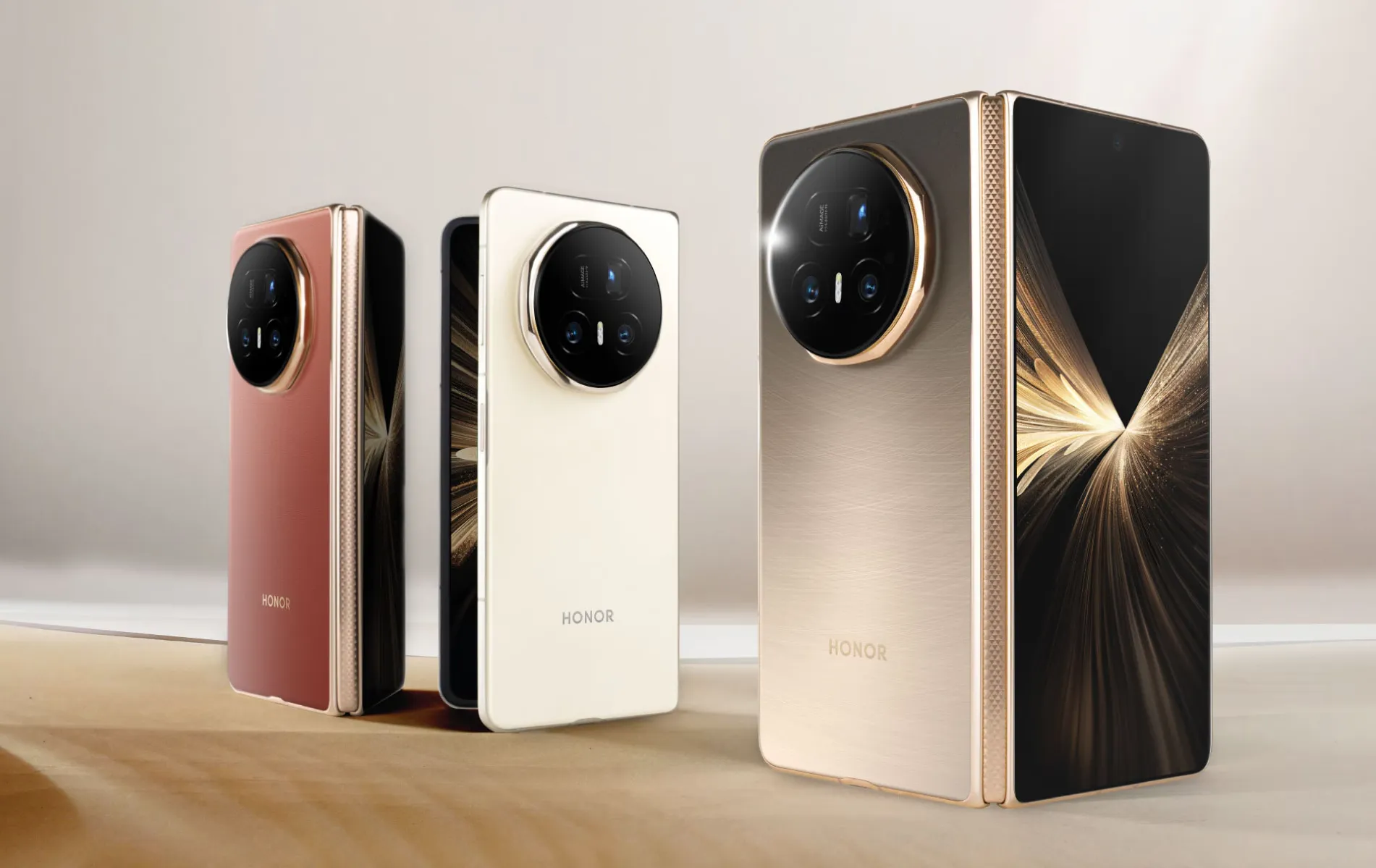




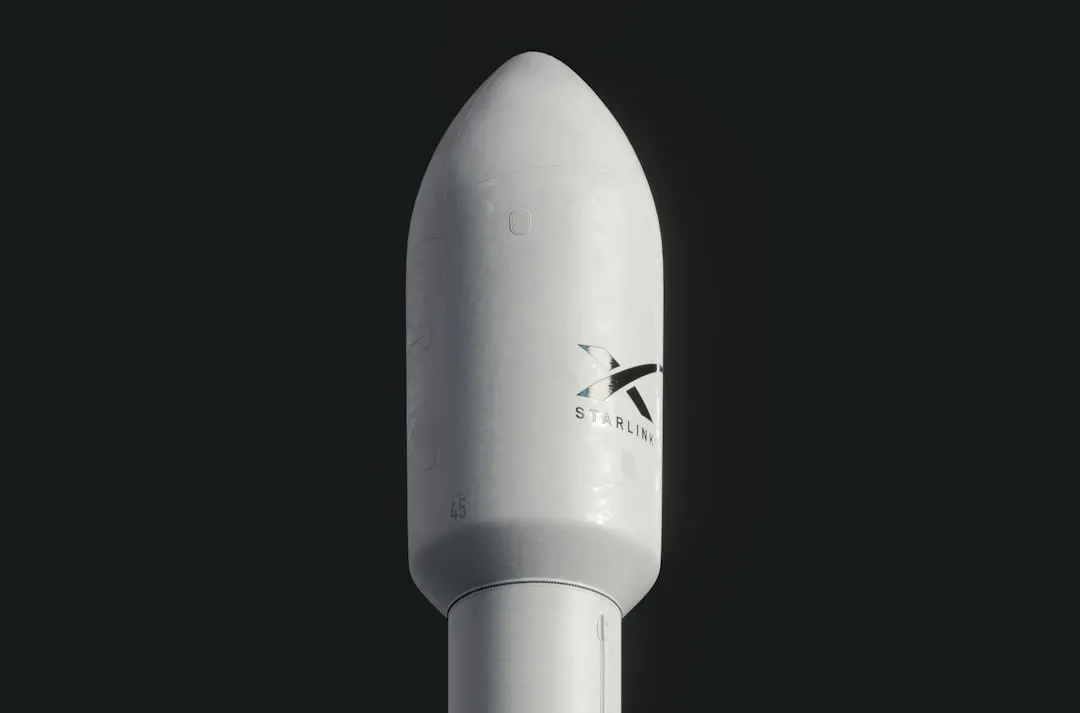

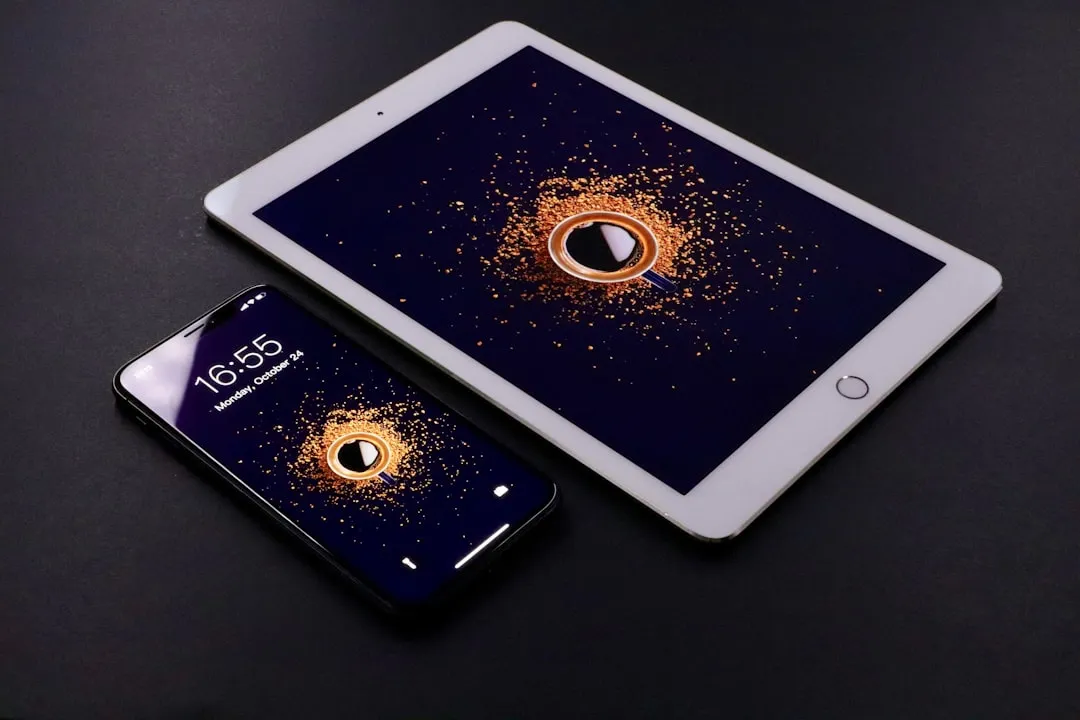
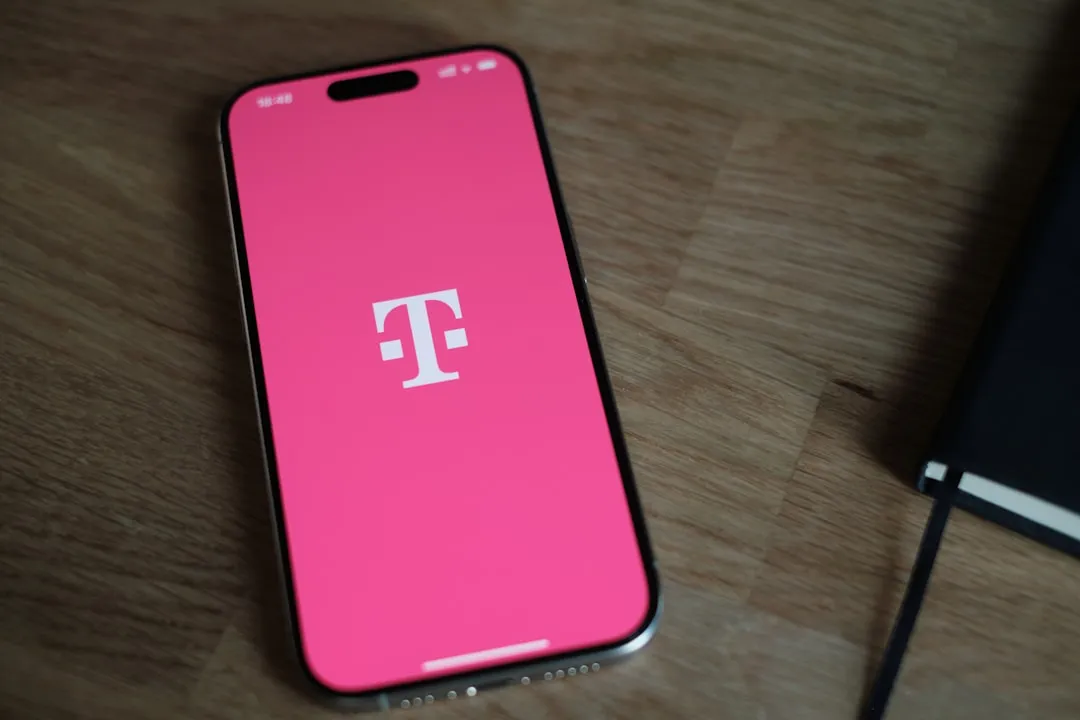
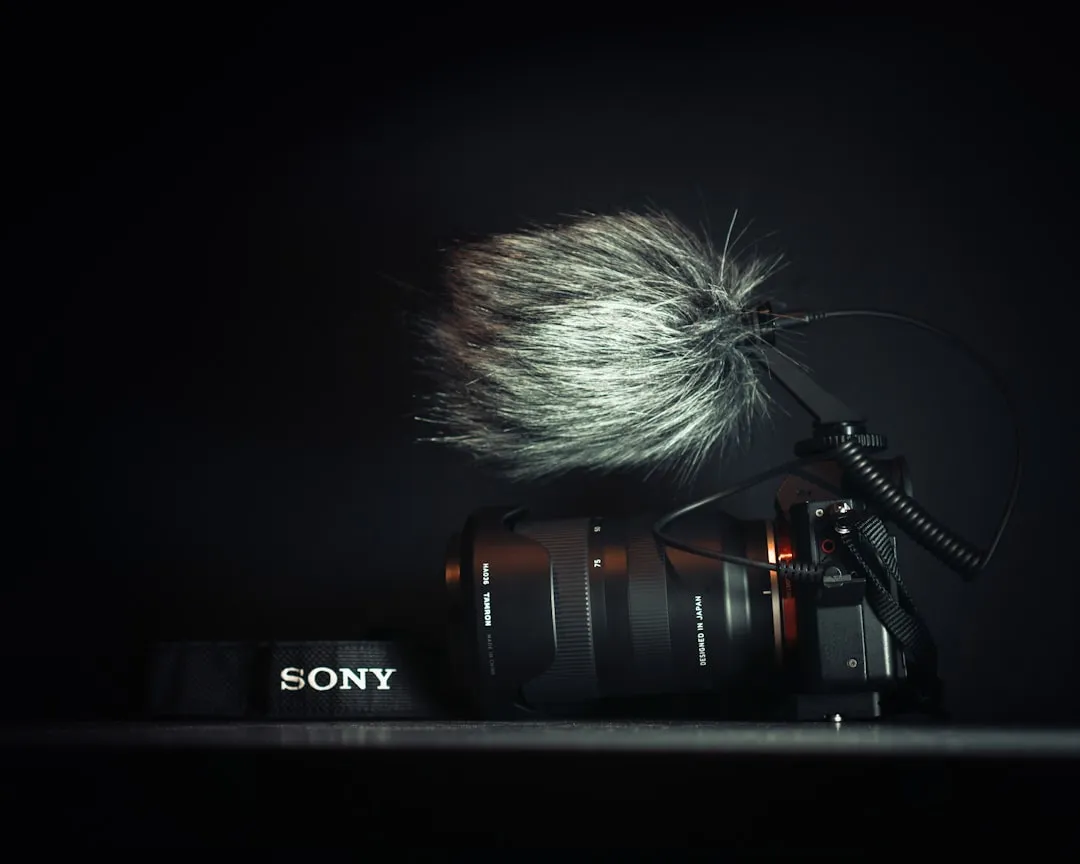
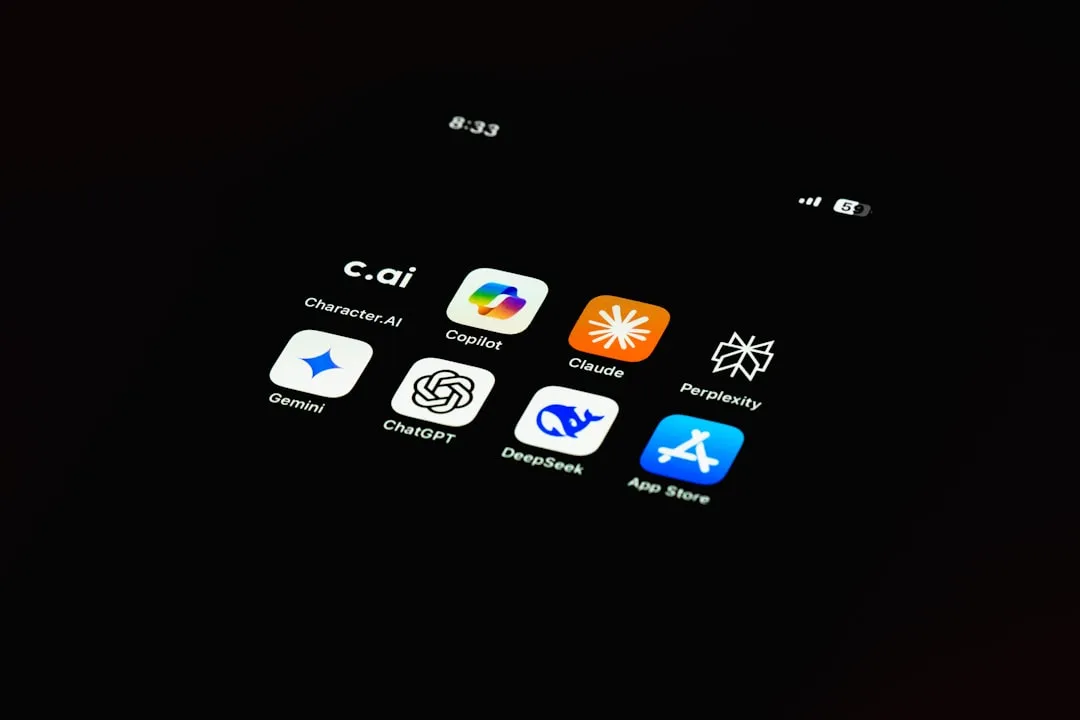




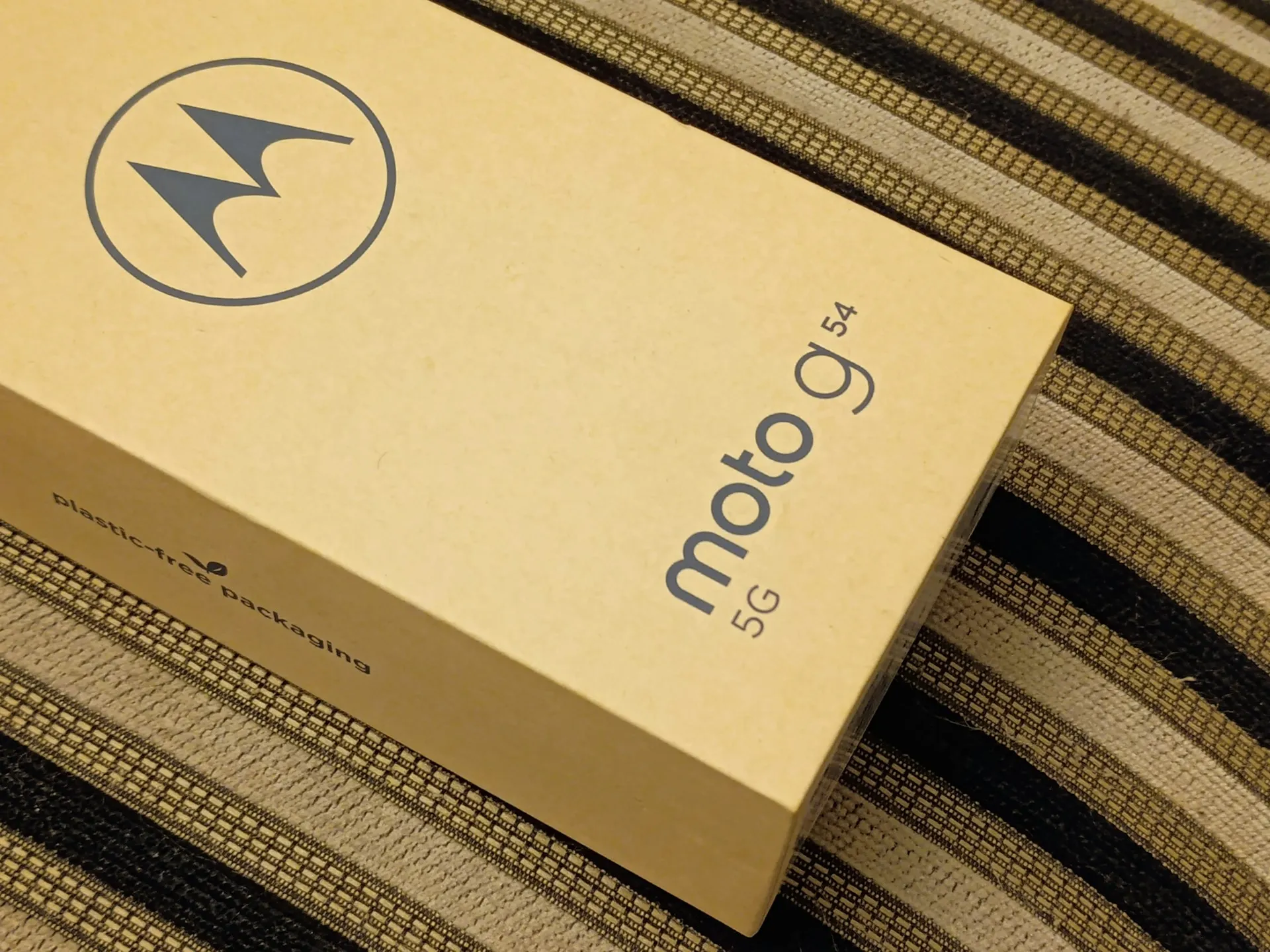

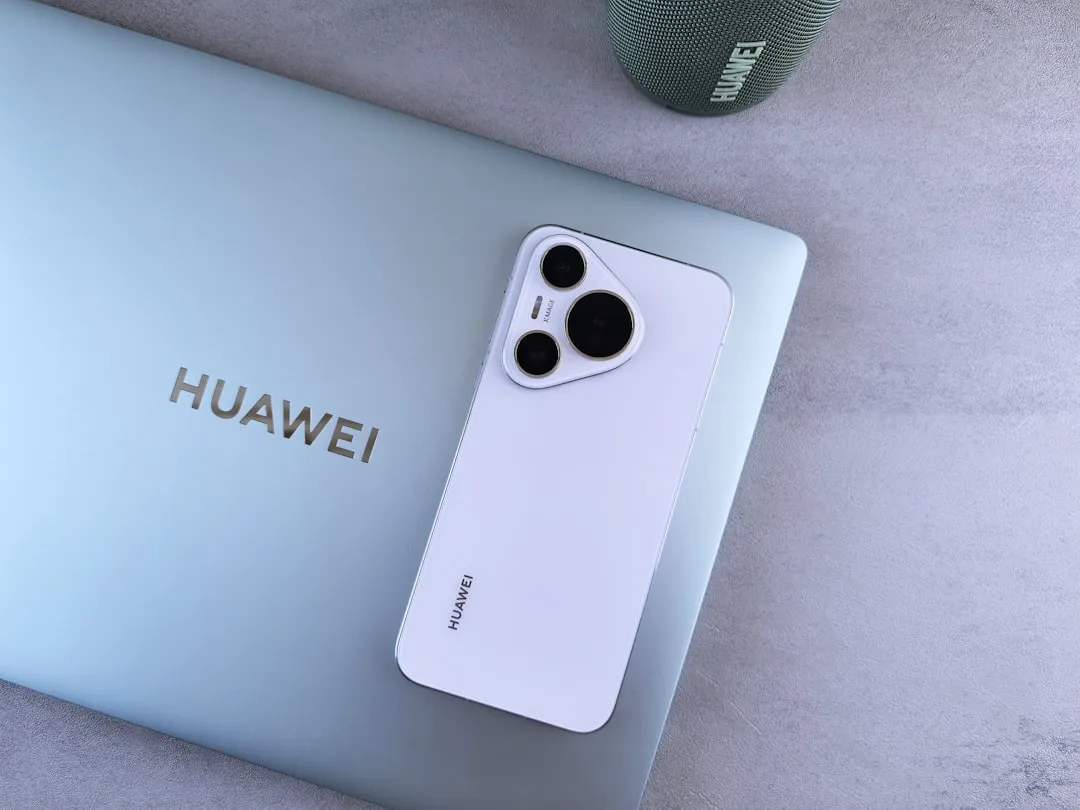

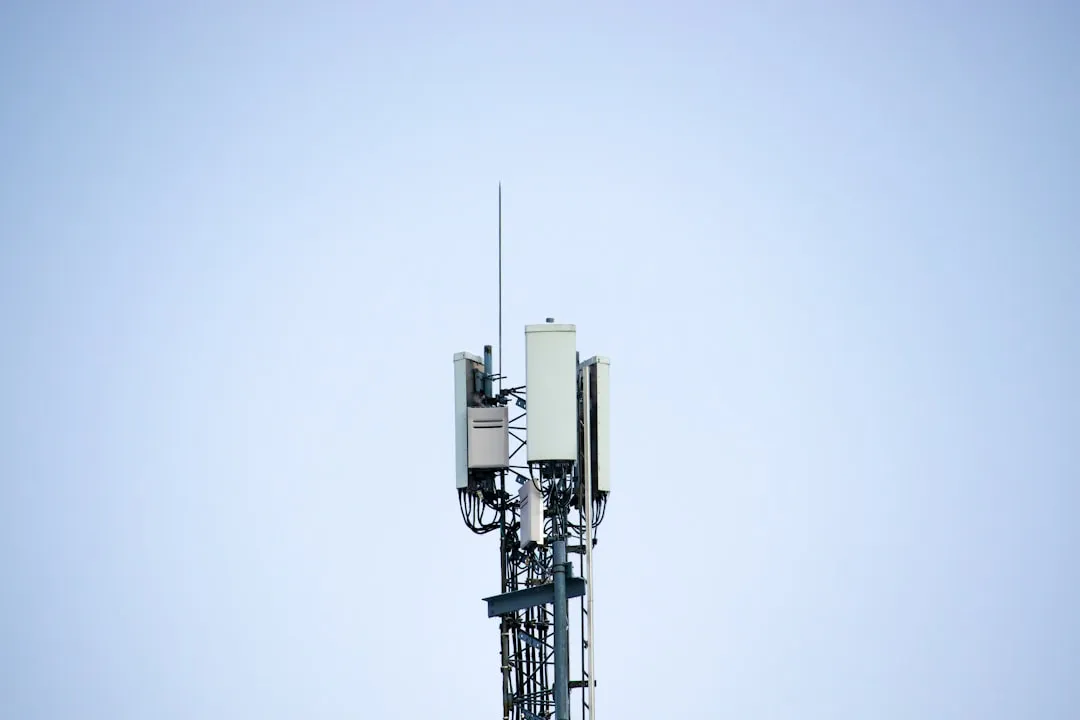

Comments
Be the first, drop a comment!